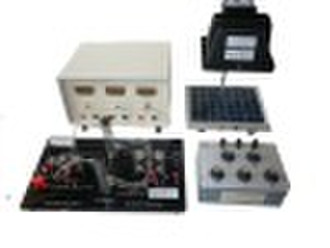Каталог
-
Каталог
- Автомобили и мотоциклы
- Безопасность и защита
- Бизнес
- Бытовая техника
- Бытовая электроника
- Детали машин и услуги по их изготовлению
- Дом и Сад
- Здоровье и медицина
- Игрушки и хобби
- Изделия из металла
- Измерительные и анализирующие приборы и инструменты
- Инструмент
- Красота и личная гигиена
- Мебель
- Мероприятия по охране окружающей среды
- Минералы и металлургия
- Модные аксессуары
- Обувь и аксессуары
- Одежда
- Освещение
- Подарки, сувениры
- Продовольственные товары и напитки
- Промышленное оборудование и техника
- Резина и пластмассы
- Сельское хозяйство
- Специальное оборудование
- Спорт, отдых и досуг
- Сток
- Строительство и недвижимость
- Текстиль и кожа
- Телекоммуникации
- Товары для офиса, учебы. Канцтовары
- Транспорт
- Упаковка и печать
- Химикаты
- Часы, Украшения, Очки
- Чемоданы, сумки
- Электронные компоненты, оборудование, принадлежности
- Электротехническое оборудование и принадлежности
- Энергия
Filters
Search
Топливный элемент Характеристика и эффективность

zhen wang
Контактное лицо
Основные данные
| Место происхождения | Zhejiang China (Mainland) |
|---|
Characteristic and efficiency of fuel cellI. Principle In a electrolyser, the electrolyte consists of a porton-conducting membrane and water. When an electric voltage is applied, hydrogen and oxygen are formed. The fuel cell generates electrical energy from hydrogen and oxygen. The electrical properties of the electrolyser and the fuel cell are investigated by recording a current-voltage curve. To determine the efficiency, the gases are stored in small gasometers in order to be able to measure the quantities of the gases generated. II. Experiment 1. Get familiar with the working principle of the solar cells. 2. Measure the characteristic parameters of V-A Characteristic curve, open circuit voltage, short circuit current, max. output power and fill factor etc. of the solar cells. 3. Learning the working principle of proton exchange membrane water electrolyze (PEMWE) 4. Get familiar with the working principle of proton exchange membrane fuel cell (PEMFC) 5. Measure the V-A Characteristic curve, open circuit voltage, short circuit current, max. output power and transformation efficiency of fuel cell. 6. Observation of the energy transformation process: Luminous energy →solar cell →electrical energy →electrolyze →hydrogen →fuel cell →electrical energy
-
Способы оплаты
Для оплаты товаров и услуг на нашем портале, Вы всегда получаете счет, в котором Вам необходимо самостоятельно указать свои данные.
Мы принимаем к оплате:









